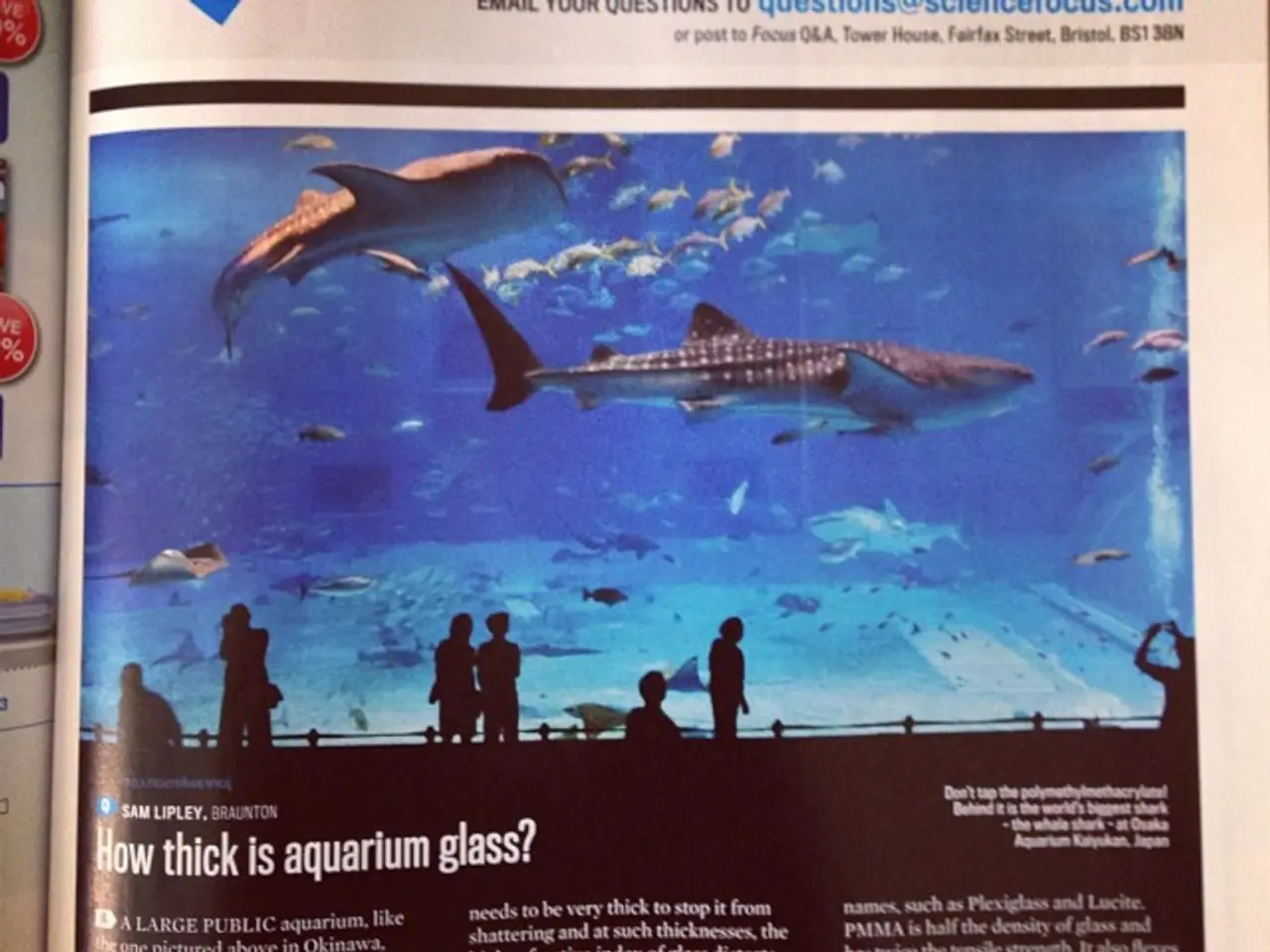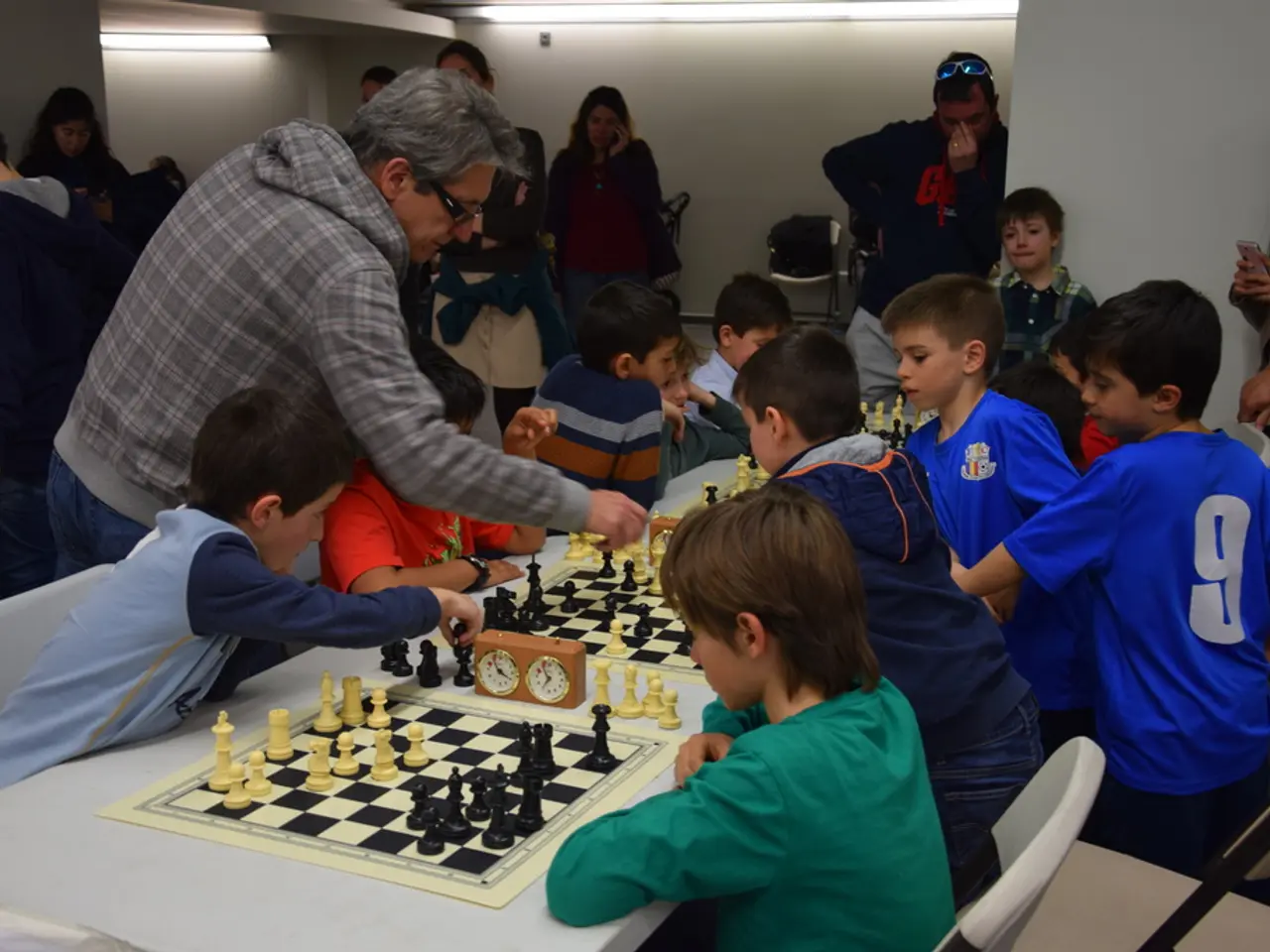Fifteen-year Quest to Locate Elusive Smalltooth Sawfish Species
Smalltooth Sawfish Research Yields New Insights in South Florida
Over the past 15 years, NOAA Fisheries scientists, in collaboration with various institutions, have made significant strides in studying the smalltooth sawfish (Pristis pectinata) in South Florida. The latest findings reveal important information about the species' recovery, habitat use, life history, and conservation efforts.
Population Recovery and Status
Smalltooth sawfish, once critically endangered, have shown signs of recovery thanks to conservation measures such as protection under the Endangered Species Act and critical habitat designations. NOAA uses long-term monitoring programs, including aerial surveys and fisheries-independent sampling, to track population numbers. These efforts indicate gradual increases in abundance, particularly in nursery areas in Florida Bay and the Ten Thousand Islands region.
Habitat Use
Research has identified shallow coastal areas, estuaries, and mangrove-lined bays as essential nursery habitats for juvenile sawfish. These areas provide shelter and abundant prey resources. Tagging and tracking studies using acoustic telemetry have helped reveal seasonal and ontogenetic shifts in habitat use. Juveniles tend to stay in estuarine and nearshore habitats, while adults may undertake longer migrations into deeper offshore waters.
Life History Traits
Studies indicate that smalltooth sawfish have relatively slow growth rates and reach sexual maturity between 7-13 years. Longevity estimates suggest they can live for several decades. Breeding biology research shows seasonal reproductive cycles, with females using specific nursery areas for pup rearing. Litter sizes and survival rates are being studied to model population recovery potential. Stable isotope and stomach content analyses have provided insights into diet composition, revealing that smalltooth sawfish mainly prey on small fish and crustaceans in shallow coastal habitats.
Conservation and Management Efforts
NOAA has designated key nursery and habitat areas as critical habitat under the ESA to prioritize habitat protection. Programs to reduce bycatch in commercial and recreational fisheries are ongoing, including outreach, gear modifications, and reporting requirements. Education and outreach efforts aim to increase awareness and involvement of local communities, fishers, and stakeholders in sawfish conservation.
Current and Future Research Directions
Future research will focus on studying genetic diversity and connectivity among sawfish populations to inform management units and stock structure. Assessing how rising temperatures, sea level rise, and changing salinity regimes affect sawfish habitat suitability and distribution is also a priority. Collaborations to restore degraded nursery habitats through mangrove restoration and water quality improvement initiatives are ongoing.
The Latest Field Effort
This year's field team, led by Dr. John Carlson and Annsli Hilton, successfully captured and sampled 10 sawfish, an unusual number as they typically capture one or two at a time. During their trips, they navigated a small boat through the shallow waters of Florida Bay and the Everglades. Annsli Hilton, a co-investigator on the project, performed surgery to implant an acoustic tag in a sawfish, while the team also attached an external tag and implanted one or two internal tags into each animal. The information collected will help address NOAA Fisheries' smalltooth sawfish recovery plan objectives and inform management decisions.
The Ongoing Threat
The Florida Fish and Wildlife Conservation Commission has been documenting reports of abnormal fish behavior, including spinning and whirling, in South Florida since December 2023. This event has affected smalltooth sawfish particularly hard, with 227 observed with symptoms and 56 found dead. The cause of this phenomenon remains unknown, but it serves as a reminder of the ongoing threats facing these vulnerable creatures.
For more detailed and up-to-date information, you can visit NOAA Fisheries’ dedicated smalltooth sawfish webpage: https://www.fisheries.noaa.gov/species/smalltooth-sawfish
The data collected from tagging efforts over the last decade and a half has led to significant strides in understanding smalltooth sawfish. The team, which includes scientists from the Southeast Fisheries Science Center, Southeast Regional Office, and NOAA's Office of Protected Resources, also collaborates with valuable partners such as the University of Miami, Florida State University, Florida Fish and Wildlife Conservation Commission, Havenworth Coastal Conservation, and Florida Museum of Natural History. Some larger sawfish are surgically implanted with 5- or 10-year acoustic tags, and adult sawfish are most commonly observed in coastal waters such as the Florida Keys, sometimes out to depths of 230 feet. The 10-year acoustic tag inserted by Annsli Hilton will allow researchers to track a young sawfish's movement around the southeast. So far, 10,000 Islands and parts of Everglades National Park in Southwest Florida have been identified as important sawfish pupping areas.
- The smalltooth sawfish, once critically endangered, is experiencing a recovery, thanks to science-based conservation measures such as the Endangered Species Act protection and critical habitat designations.
- Changes in climate, including rising temperatures, sea level rise, and altered salinity regimes, pose future challenges for the smalltooth sawfish's habitat suitability and distribution, requiring ongoing monitoring and research.
- Protection efforts for the smalltooth sawfish extend beyond legal frameworks, as education, outreach, and community involvement are vital for the species' long-term survival – all part of the realm of environmental-science and education-and-self-development.
- Although cultural pursuits like casino-and-gambling and sports may seem distant, they contribute indirectly to the smalltooth sawfish's wellbeing, as funding for science and conservation often comes from a mix of public and private sector finance.
- Lifestyle choices also affect the smalltooth sawfish, as managers strive to balance human needs and environmental protections – an interdisciplinary challenge that spans science, finance, technology, and policy-making.
- Amidst the intrigue surrounding new technologies like medical-conditions treatments and weather forecasting, tiny clues about the smalltooth sawfish's health and movements could lie hidden within the data they generate, offering insights into the future of this endangered species.




